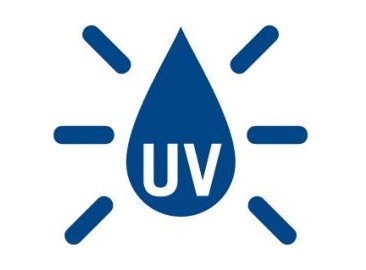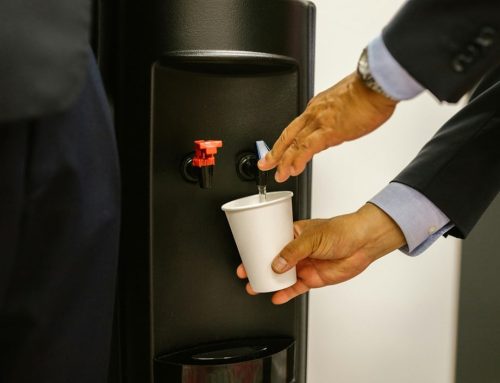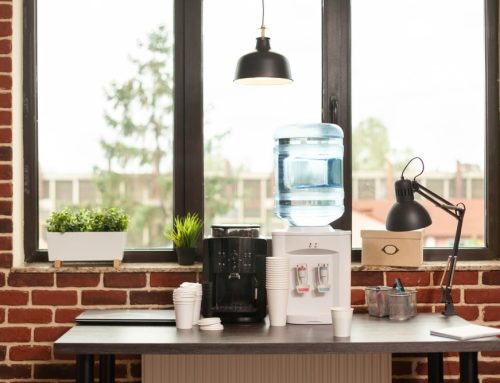 All water coolers appear to be the same, right? But that is far from the case. In the same way that two cars that are identical in looks can be very different – one using a petrol engine and another a diesel engine – bottled water coolers are varied when it comes to their internal cooling mechanisms.
All water coolers appear to be the same, right? But that is far from the case. In the same way that two cars that are identical in looks can be very different – one using a petrol engine and another a diesel engine – bottled water coolers are varied when it comes to their internal cooling mechanisms.
Over the next few weeks, I’m going to be explaining the different types of chilling systems for you to decide on the best solution for your office.
The first system we are going to look at is the Tank / Reservoir Fed Coolers with UV Light.
Traditionally, the drawback of tank/ reservoir coolers was that the filtration process removes the chlorine that protects the water before the water enters the reservoir to be cooled in a stagnant state. Therefore there is a risk of harmful bacteria developing inside the reservoir.
That’s where the UV lamp came in, to wipe out the bacteria that would accumulate in the tank. Whilst effective in principle there are certain disadvantages to the use of UV in real live that have made me seriously questioning if UV lamps are necessary or just a nice-to-have
Drawbacks include:
- Suspended particles are a problem because microorganisms buried within particles are shielded from the UV light and pass through the unit unaffected – hard water areas will be even more susceptible to this.
- The UV light needs to be placed in the middle of the tank and the tank needs to be made of stainless steel in order that the UV can reflect off against it, thus creating an environment less suitable for bacterial growth
- Another key factor of UV water treatment is the flow rate: if the flow is too high, water will pass through without enough UV exposure. If the flow is too low, heat may build up and damage the UV lamp
- The UV lamp must be kept on for 24 hours a day, which can lead to high energy usage and eventually a negative environmental impact
- The UV lamp can fail, but even if it does not the lamp has a limited life span, which starts to reduce from Day 1 of activation. UV requires replacement every 6 months.
- There is a “Quartz” sleeve surrounding the UV lamp. During cleaning the quartz sleeve must also be cleaned in order that the UV is fully effective. If this is not complied with the UV can be ineffective and bacterial counts will rise.
- Lime-scale can attach itself to the quartz sleeve if the correct cleaning procedure is not completed for the minimum period of 20 minutes, this will reduce UV effectiveness. It is difficult to see if internal sanitisation has been carried out on these types of unit without an examination of the quartz surrounding the lamp.
- Requires constant monitoring to ensure conditions are kept consistent for effectiveness.
With the above mentioned disadvantages, Living-Water has chosen not to employ the use of UV light coolers, but rather opt for the Direct Chill cooling system – where the internal reservoir has been completely removed. The Direct Chill system is far more advanced and offers significant hygiene benefits over all types of reservoir technologies.
This will be the focus of Chilling Systems Part II: Direct Chill.
Purchase water coolers online rent water coolers from Living-Water.




